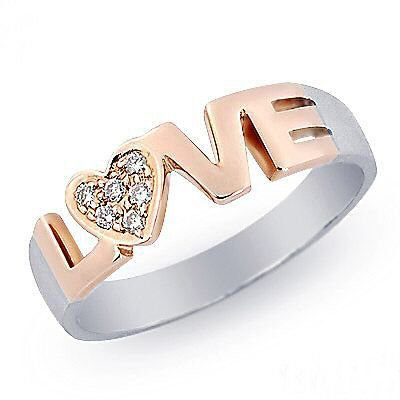



A wedding ring or wedding band consists of a metal ring. In certain countries it is worn on the base of the left ring finger. In other parts of the world, it is worn on the right ring finger (see Post-wedding customs below). Such a ring symbolizes marriage: a spouse wears it to indicate a marital commitment to fidelity. The European custom of wearing such a ring has spread widely beyond Europe.
Although in law, and in most religions, a marriage ends on first death, conventions (and perceived symbolism) around the wearing of wedding rings after a partner's death vary considerably. Traditions include the surviving spouse continuing their own wedding ring after their partner's death, sometimes on the ring finger of the other hand; removing their wedding ring at their partner's funeral; and taking charge of, and wearing (sometimes on the same finger as their own), their dead partner's ring. In many cultures, the length of time and way in which a surviving spouse wears their ring is not dictated by a common custom, but varies by family tradition and choice of the surviving spouse. It is unusual, but not unknown, to wear both rings on the ring finger after remarriage.
Although in law, and in most religions, a marriage ends on first death, conventions (and perceived symbolism) around the wearing of wedding rings after a partner's death vary considerably. Traditions include the surviving spouse continuing their own wedding ring after their partner's death, sometimes on the ring finger of the other hand; removing their wedding ring at their partner's funeral; and taking charge of, and wearing (sometimes on the same finger as their own), their dead partner's ring. In many cultures, the length of time and way in which a surviving spouse wears their ring is not dictated by a common custom, but varies by family tradition and choice of the surviving spouse. It is unusual, but not unknown, to wear both rings on the ring finger after remarriage.





No comments:
Post a Comment